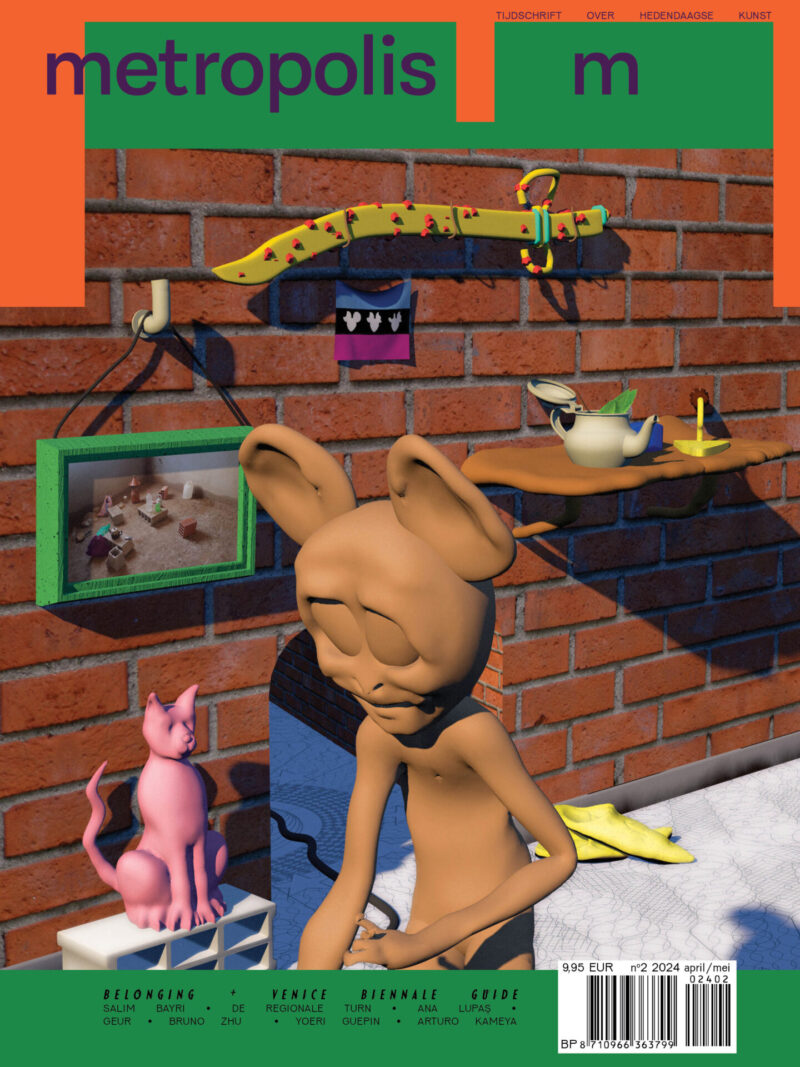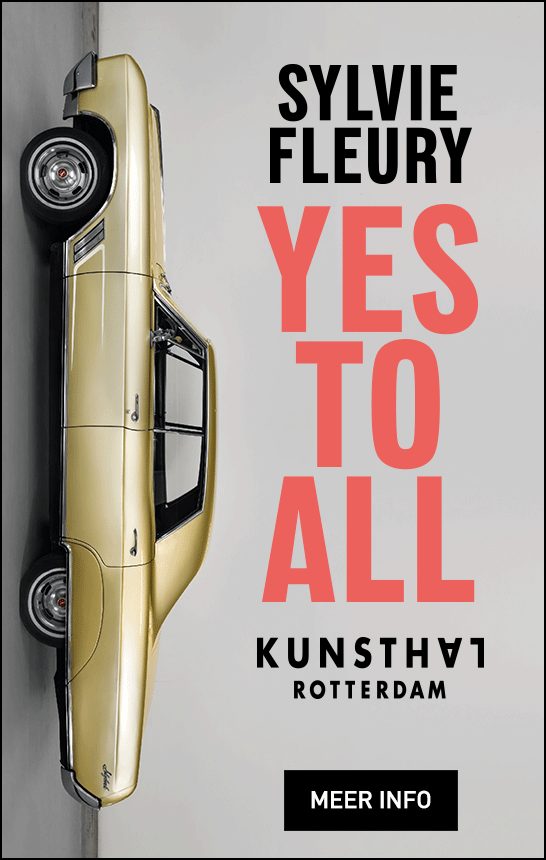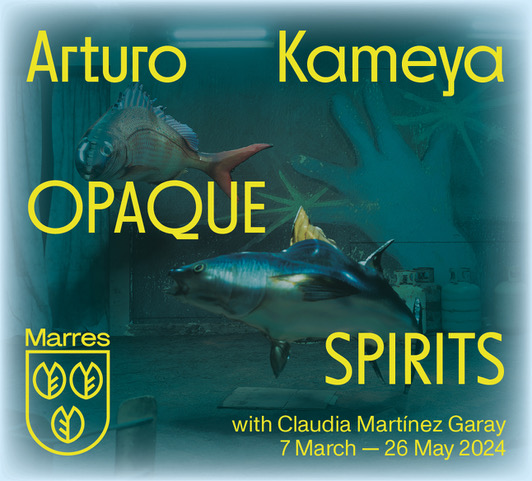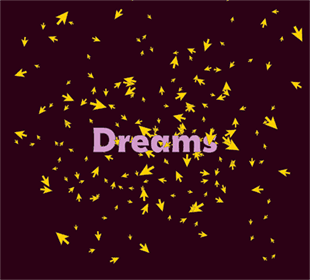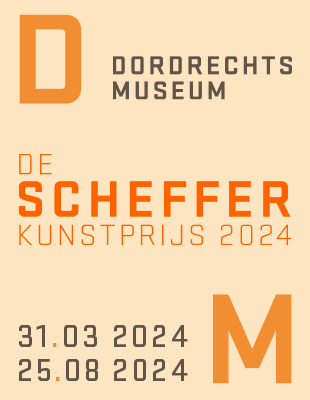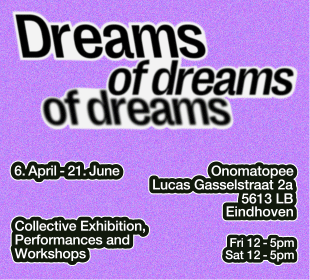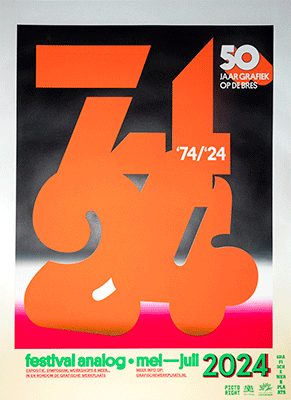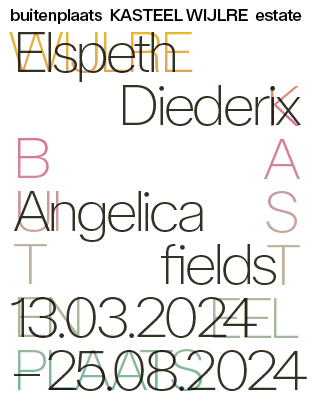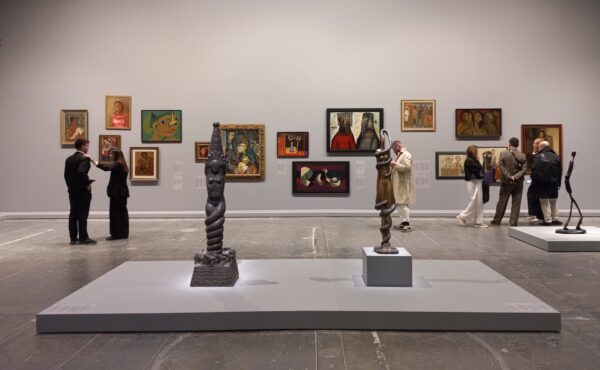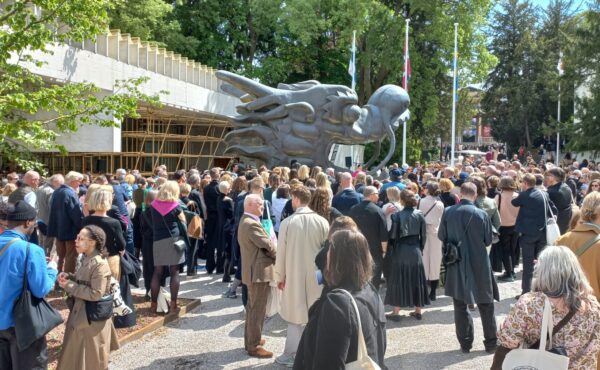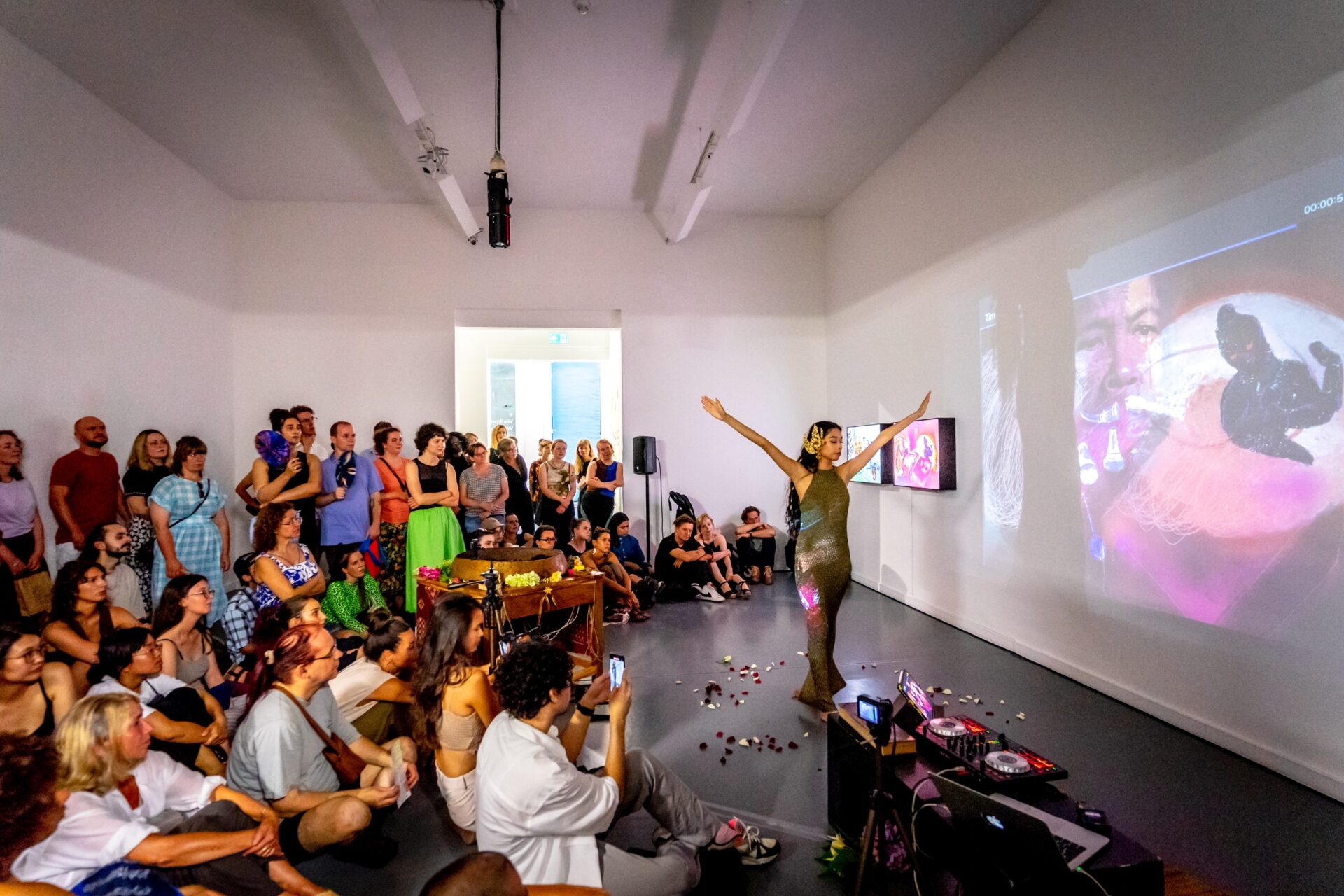
Performance at TENT, photo Steven Maybury
Talking to Samboleap TolPivoting to the future and the past, sounding out love
This week we look back to the year in 6 interviews. The artist Samboleap Tol creates intimate sonic rituals which are inspired by ancestral veneration. Samboleap was the surprising winner of this year’s jubilee edition of the Dolf Henkes Price in Rotterdam. Nathalie Hartjes met up with her while she was in residency at RIB in Rotterdam.
On a gloomy, rainy, day artist Samboleap Tol welcomes me with a hot cup of tea in her temporary studio at Rib Art Space in Rotterdam. Sam currently occupies the mezzanine, a small vide overlooking Rib’s exhibition-meets-archival space. At Rib art works and objects remain as long as they inspire new thoughts and new interventions in an evolutionary presentation format. It is the perfect backdrop to a conversation where Sam tells me about her current research, equally imbued by a sense of fluidity.
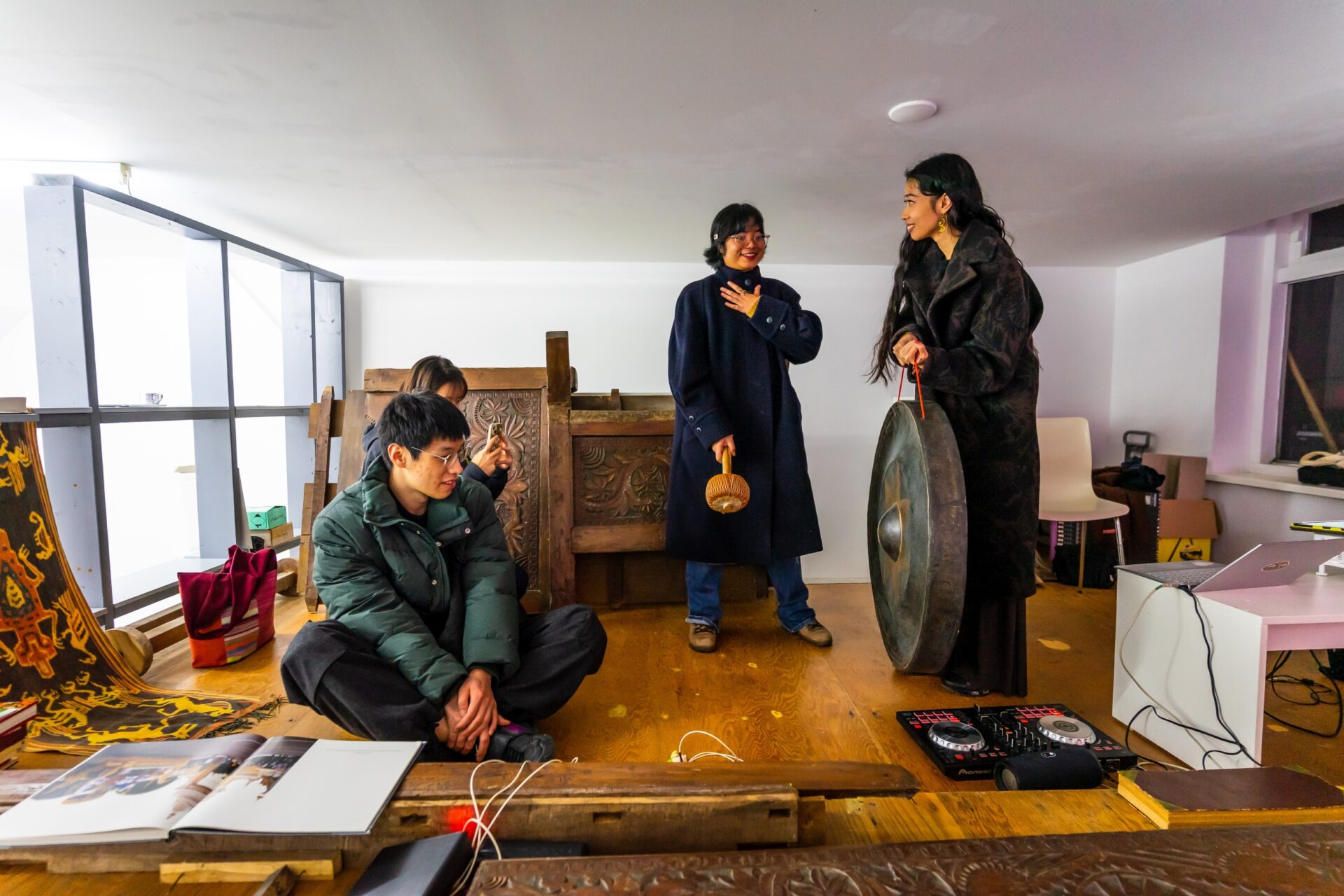
Residency bij RIB, foto Steven Maybury
Sam explains to me that her work is very much research driven, and this interest feels akin to that of an ethnographer
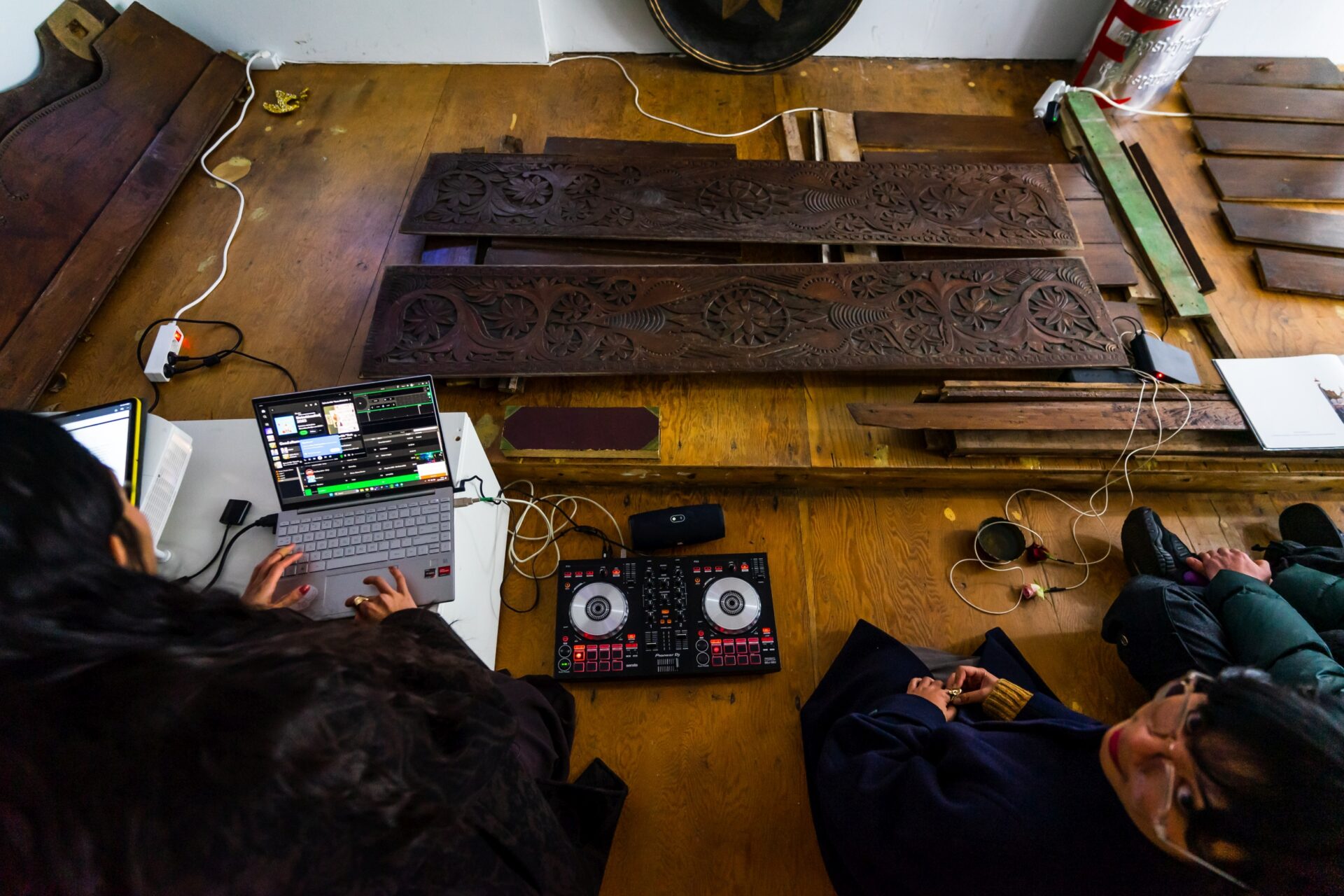
Residency bij RIB, photo Steven Maybury
The floor of the mezzanine is almost completely occupied by large wooden planks. Boldly and beautifully engraved, they once served as a rice container large enough to allow the farmer who owned it to sleep on top of it in the 1950s in Indonesia. ‘I wanted to make a light version of Dharma Songs, so it could be easily transported to the UK, but well, here I am,’ Sam remarks, looking at the masses of wood.
The work she refers to, Dharma Songs V2, is part of a larger body of work, developed at Cemeti Institute for Art and Society in Yogyakarta Indonesia, for which she recently received the prestigious Dolf Henkes prize 2023. The piece, currently on view at TENT, features a gong that Sam transformed into a new kind of instrument. Filled with water, it doubles as an offering bowl, and viewers are invited to place a flower which prompts voices from friends and relatives of Sam to sound. They muse on what they would ask their ancestors. Their reflections are all different, but connected by a shared experience of belonging to a diasporic community and a recognition that intergenerational communication has been frustrated through displacement, trauma, and mere survival Sam’s residency at Rib follows an intensive period of institutional commitments. The artist uses her time here to deepen her research into music, ancestral veneration and further explore connections between her Cambodian heritage and Indonesia.

Residency bij RIB, photo Steven Maybury
‘A central theme in my work is ancestral veneration’, Sam tells me, ‘something people continue to practice up till this day, through poetry, singing and recital.’ She refers to the book Deathpower: Buddhism’s Ritual Imagination in Cambodia (2005) by Erik W. Davis. ‘It argues that funeral rites have sustained even through the Khmer Rouge period, when hundreds of thousands were murdered, and everything was destroyed. It talks about how funeral rites can help a Cambodian person understand where they stand in the cosmology and give them a sense of morality. So, this makes me wonder about value; How does ancestral veneration help benefit a society and why does a civilization hold on to it from the 4th century onwards. And then it makes me think about other perspectives, why does one civilization express this less extensively than the other?’
Although ancestral veneration had been part of Sam’s work before, her current explorations are underpinned by a sense increased personal importance. ‘My father passed away in 2021, I loved him more than anything and we were only able to say goodbye over Facebook video. It made me feel as if I have a duty to understand these cosmologies, these worlds, and histories, that are part of my heritage.’
Through sound – a medium that literally reverberates – Sam is able to travel through time and space. ‘It’s a mystical thing’, she says. ‘When I presented Dharma Songs V1, presented at MaMA as part of the graduation show of the MFA of the Piet Zwart Institute, I asked people if they would tell their future kids they love them. That work was a pivot to the future, the work at TENT is a pivot to the past.’
Samboleap reaches for an authentic Thai gong and invites me to sound it. It echoes loudly through the small space of the mezzanine. She tells me she found a similar antique gong during her stay in Yogyakarta. Her encounter with this and other instruments, temple engravings, dance performances, made her recognise similarities with elements from Cambodian culture, and she started speculating on shared heritages.
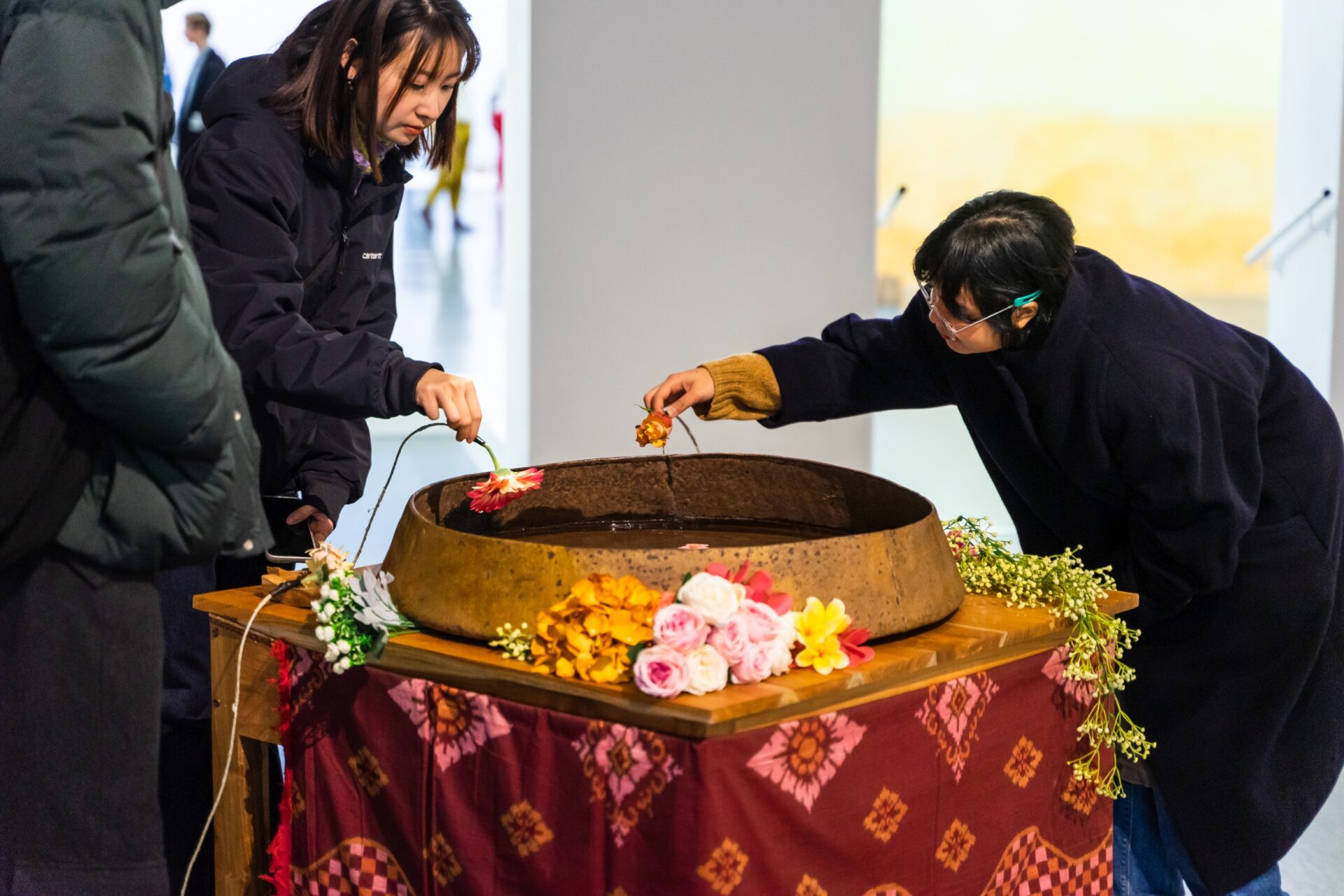
Dharma Songs, photo Steven Maybury
‘I want to be sensitive towards the historical and cultural associations that come with the material I find’
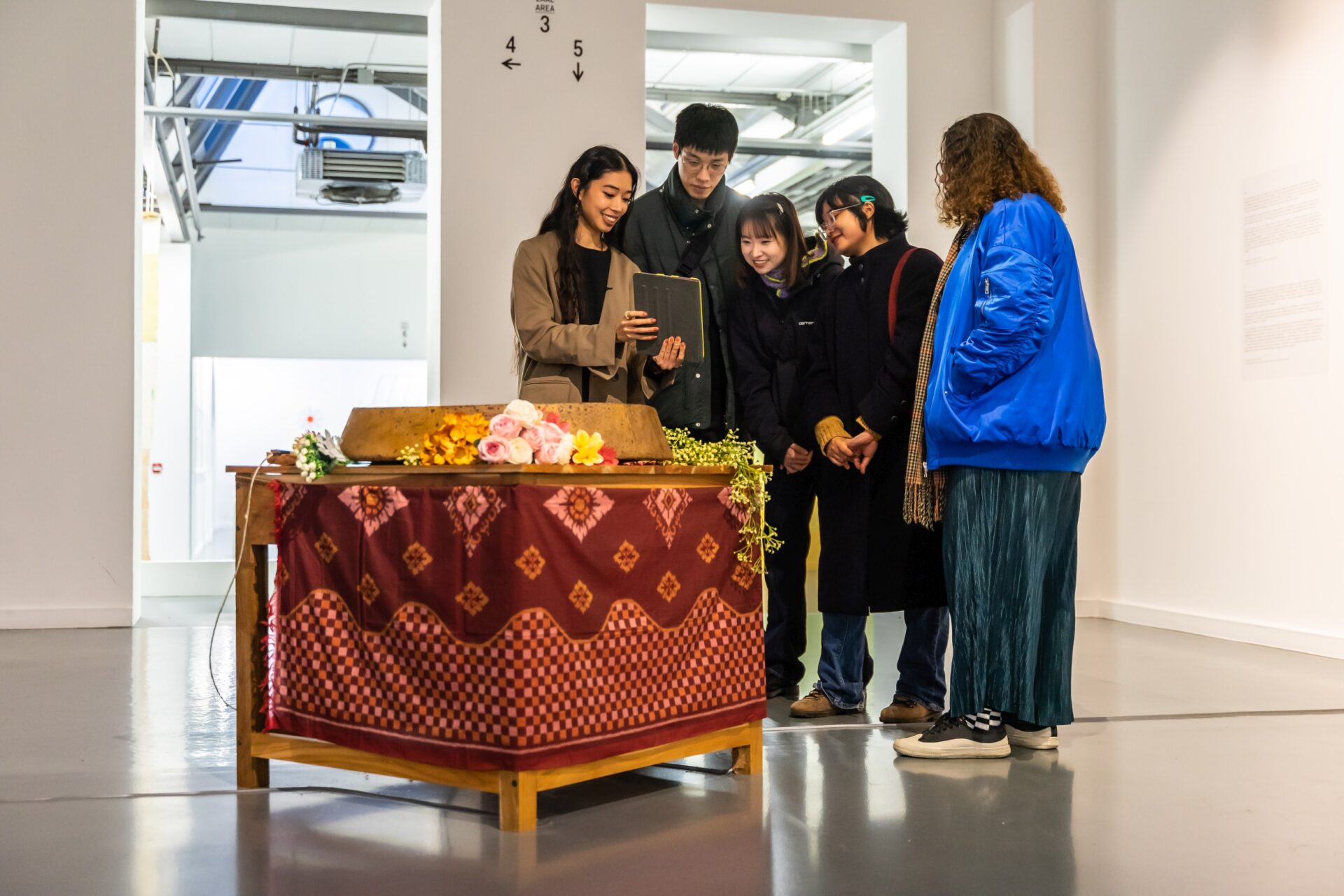
Dharma Songs, photo Steven Maybury
‘I want to be sensitive towards the historical and cultural associations that come with the material I find. Encountering various instruments in Indonesia I noticed the similarities with Cambodian instruments. I learned that, because of a period of Hinduization in the 4th century, a gong and chime culture spread in Southeast Asia through travelling merchants. Nowadays, it doesn´t seem like the musicians are aware of, or occupied with, these connections, but somehow, we, Cambodians and Indonesians, are entangled. We share a collective history.’
Sam explores these entanglements further in her work Tails of the Past: a short piece of writing in Khmer on a rust-coloured relief. The text expresses compassion and loss and reads as a coming to terms with the understanding that a certain level of not-knowing is part of her family history. Yet with the creation of the piece something else is mended. Inspired by the discovery of an old-Javanese inscription in a similar Sanskrit-based script as Khmer, the work attempts to weave old connections together.
We watch some videoclips that are currently inspiring her research. One of them shows Thailand’s Gong Highway: a 30 kilometres long road that is home to more than 50 gong companies owned by families who still tune the gongs by ear She voices her curiosity about the disparity she observed with a gong factory in Germany where the instruments are meticulously measured with hertz meters instead. ‘Primarily I am looking at the mysticism around musical instruments, so it makes sense their creation is not supported by these scientific tools, because how can you connect with the spiritual realm if the process is computerized.’
She tells me about how Thai composers believe their music is of the gods, and that therefore they shouldn’t be ascribed as its creators. ‘I am not sure how they would describe their role in words, but I think I can feel it.’ She tells me about a 14th century Balinese manuscript that speaks about how smithers and miners, who take the material from the earth to forge the gongs, engage in very dangerous spiritual ground because they imitate creation ‘So, there is this idea they need to appease older forces in order to do so.’
Then she shows me a recording of the oldest found Khmer instrument: a stone, perhaps two to four thousand years old. ‘We don’t know the exact time it originates from, because there was no script before the 6th century. Still, it’s amazing to hear its sound, realizing that many years ago, people heard it as well. Music is beautiful in that sense: it can transport you to any time and place. and it still feels intimate. You can be anywhere, any time and really be with that.’
Sam explains to me that although her work is very much research driven, and this interest feels akin to that of an ethnographer, she is acutely aware of those implications. She emphasizes the way the West’s scientific traditions are tied up with colonialism and prioritizes one type of information over the other, or one voice over another. ‘So, I do question: Whose tradition am I stepping into? Whose context am I talking to? and who benefits from what I am doing? Yet, I am interested in the world views and the various ontologies of my heritage and its wider heritage, but I want to come to my work through experience, that is my strongest lead. I lead with my heart when I create work. And I feel that in music too, if we would approach music in a very rationalized way, I don’t think we would appreciate it.’
Her work is infused with her own personal history, and in a ruthlessly honest fashion she inserts painful moments of her life in her writing and performance lectures. Her presence is simultaneously vulnerable and powerful, but most of all it’s generous. She performs an act of radical sharing, rather than a binary position of critique. ‘It is something about creating a space or looking toward a space where one can lament – without making a statement. There is a specific kind of grief, or grievance, that me and other friends from diasporic communities experience. Those experiences are often met with denial when expressed, even when we are very young. I am ten, I am twelve years old, how am I making a statement? With my work, I hope to create a space where we can lament, where our thoughts and feelings can air. In Dharma Songs, I let my friends and family speak, but in a way, it’s also me that’s speaking and grieving through them.’
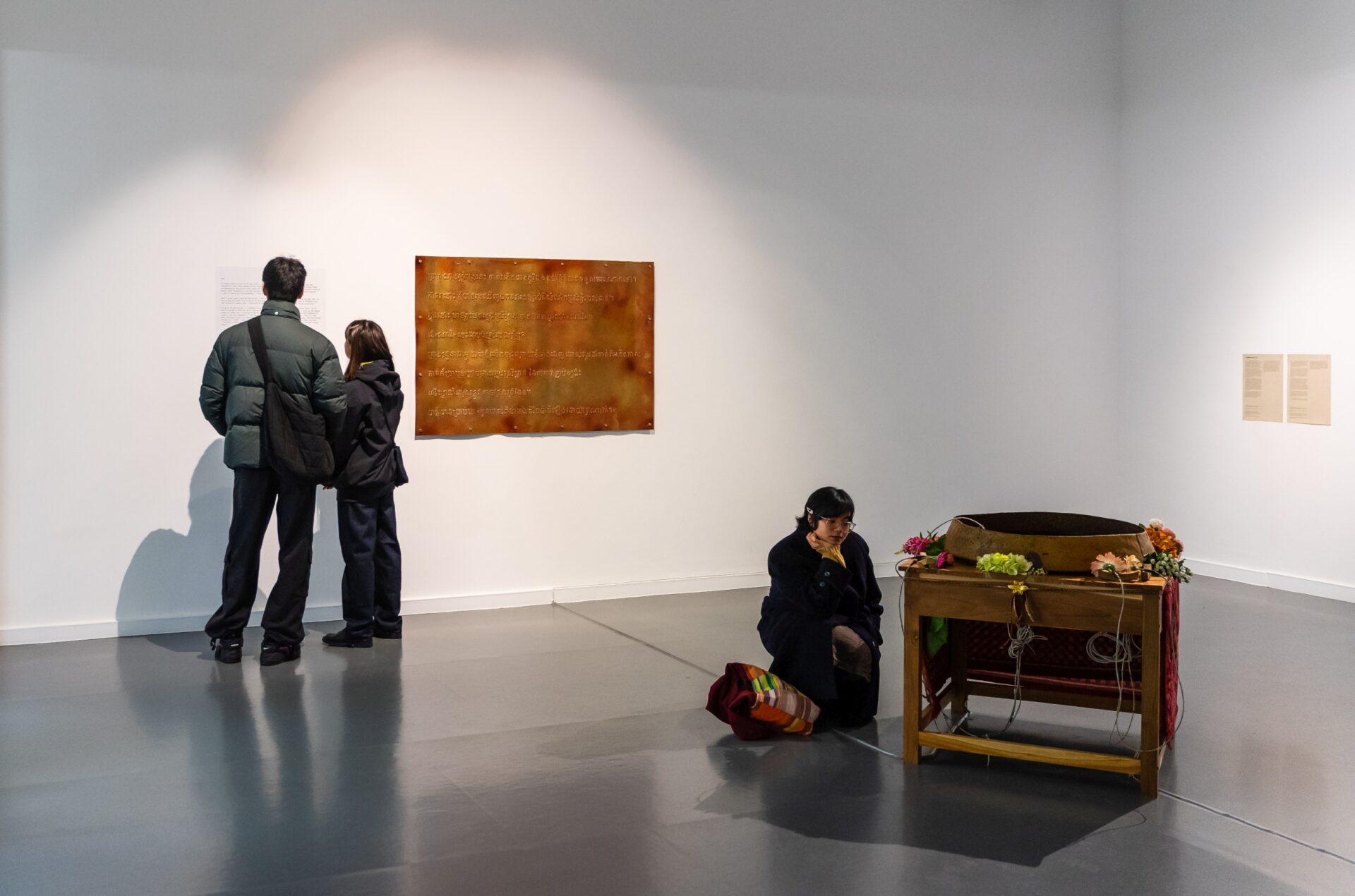
Dharma Songs, photo Steven Marbury
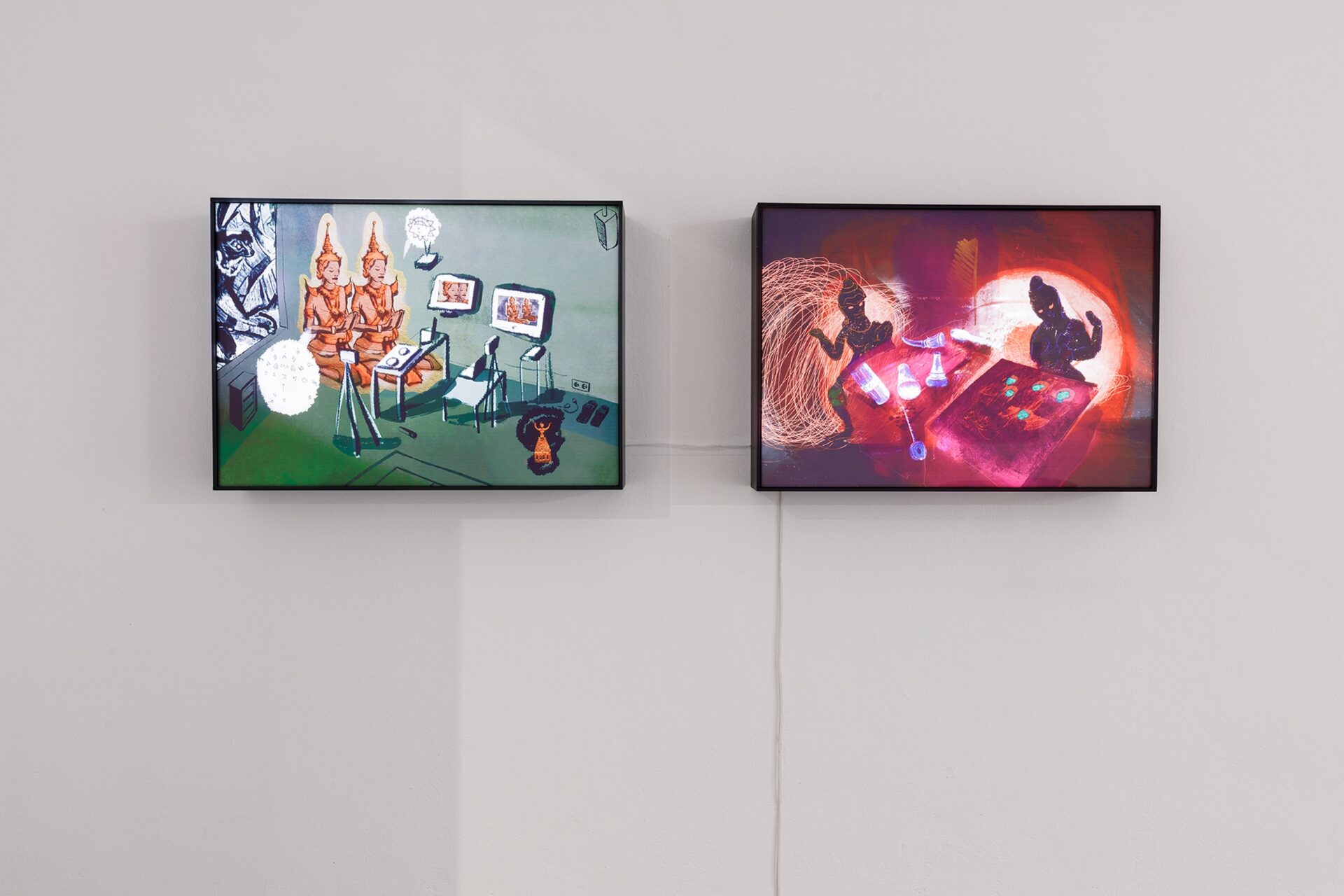
Sathu Studio, photo Aad Hoogendoorn
Sam tells me she wants to pass on the attitude she has received from peers and an older generation of artists during her time in London at Central Saint Martins, and credits as a time when she found her voice. ‘I think I have always looked for these elders, without knowing. The relations with our parents can often be very scarce, so many of us have not learned to love. These peers and elders gave me the encouragement I needed. And that’s what I want to pass on. I get art students messaging me about their practice. I can give them something because I have been given something. Through my practice, I am just asking “How can I love?”’
Work of Samboleap Tol is on view in the exhibition of all candidates of the Dolf Henkes Prize 2023 at TENT Rotterdam, through 7.1.2024
Nathalie Hartjes
is directeur MAMA